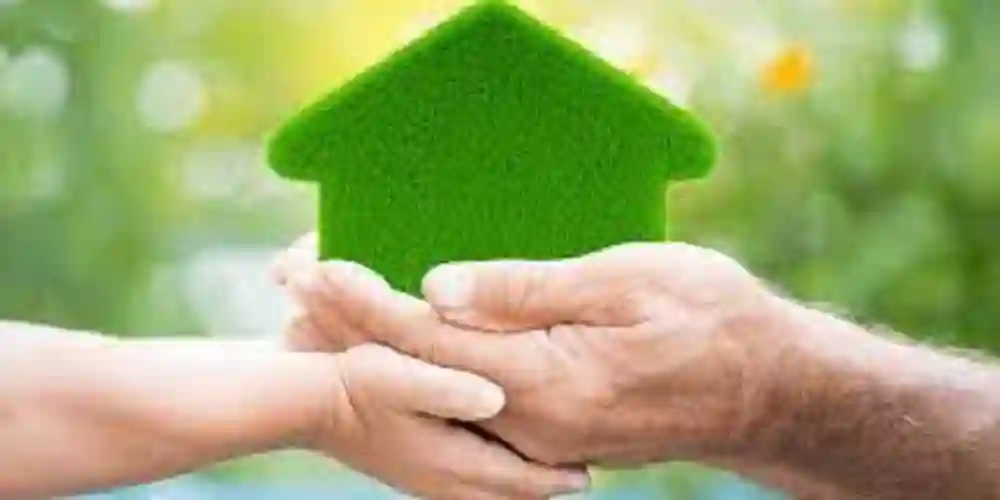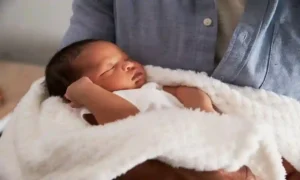Tips for Creating a Sustainable and Eco-Friendly Home

Alright, let’s get real: if you’re not thinking about making your home greener, you’re kinda missing the point. It’s not just a buzzword anymore—it’s something we all need to be doing. Creating a sustainable and eco-friendly home is about more than saving a few bucks on electricity. It’s about preserving the planet for the next generation. And, let’s be honest, it’s kinda fun to say “I’m green” in a way that’s not just about your smoothie preferences. So, here are some tips for creating a sustainable and eco-friendly home (I’ll say it 30 times if I have to).
Why Should You Even Care?
Look, I get it. There’s a lot of talk about going green, and sometimes it feels like you’re just watching a bunch of influencers in bamboo shirts do their thing while you try to remember where you left your reusable water bottle. But here’s the thing: your home? It’s a big deal.
My neighbor Tina, bless her heart, used to buy bottled water like it was going out of style. Now, her kids call her the “Green Queen,” because she turned her whole house into an eco-paradise. And the best part? Tina’s not the only one. More and more people are realizing the impact they’re having on the planet, and they’re making small (but powerful) changes in their homes. So yeah, let’s break this down.
Energy-Efficiency: No, It’s Not Just About Lower Bills
I used to think switching to energy-efficient bulbs was a “nice-to-have.” Fast forward to three years of high energy bills, and I had an epiphany. Energy-efficient upgrades are a game-changer, y’all.
Solar Power: The Future is Now
I’ll be honest, I was skeptical at first. Solar panels seemed like a rich person thing. Like, why would I need to invest in those? But after spending some quality time googling and hearing about my cousin’s solar-powered cabin upstate (jealous), I’m sold. Now I’m eyeing solar panels for my roof. If I could power my blender with the sun instead of electricity, I’d be happier than a pig in mud.
Fast forward a couple of years, and solar is now an option for everyone—no need to live in a cabin on the edge of nowhere. And hey, the electric company won’t hate you anymore.
Energy Star Appliances: Not Just a Pretty Label
Old appliances? Toss ‘em. My ancient fridge could’ve been the set piece for The Flintstones. It was huge. It was loud. And most importantly, it was drinking electricity like it was water. If you’re buying new stuff, go for Energy Star-rated appliances. They’re like the “cool” kids of the appliance world. Efficient, reliable, and they don’t waste resources.
And don’t even get me started on smart thermostats. The day I got one was like I finally understood what it meant to live in 2025. I’m telling you, they’ll save you money and make you feel like you’ve got your own personal assistant in your house. Anyway, here’s the kicker—every little change, like switching to efficient appliances or adding solar panels, contributes to your eco-friendly home. Trust me, it’s worth it.
Water Conservation: Don’t Let It Slip Through Your Fingers
My first encounter with rainwater collection went… poorly. Picture this: a cheap plastic barrel from Pete’s Hardware, and me, standing there, looking like an eco-goddess until it started raining and the whole thing collapsed. That day, I learned that water conservation isn’t just about good intentions.
Low-Flow Fixtures: The Silent Heroes
You ever notice how you can turn on a shower and feel like you’re in a monsoon? Yeah, that’s not ideal for water use. Swapping out your showerheads and faucets for low-flow options is a game changer. Trust me. Water pressure doesn’t suffer, and you’ll actually start seeing the benefits on your water bill (which, honestly, was a massive surprise).
Rainwater Harvesting: My Struggle, Your Win
Okay, so maybe rain barrels aren’t a perfect solution, but they’re a start. Just make sure the barrels are sturdy and not made out of cheap plastic that will fail after two rains. If you’re going all out, you can install a more advanced rainwater system. But be prepared for some weird looks from neighbors who’ll think you’re a “prepper” until they see you saving money on water. It’s worth it, though.
Materials Matter: Let’s Talk About the Stuff Around You
You know how some people say, “It’s not what’s on the outside, it’s what’s on the inside”? Yeah, that’s BS when you’re talking about sustainability. The materials you use in your home matter—a lot.
Recycled and Reclaimed Materials: Think Secondhand, Not Hand-Me-Downs
If you’ve ever watched a DIY show, you know that reclaimed wood is basically the holy grail. I remember the first time I found an old barn door at an antique shop—dusted it off, slapped on a coat of paint, and turned it into a coffee table. The best part? I didn’t need to chop down a tree. Try using reclaimed materials like wood, glass, and even metals. These materials are often much more sustainable than brand-new options, and they add a unique, rustic charm to your home.
Locally Sourced Materials: Skip the Shipping Fees (and Carbon Footprint)
Local materials are not just good for the environment—they’re also good for your community. You’ll cut down on transportation emissions and give a little back to the local economy. Not to mention, your home will feel… well, more “you.” As noted on page 42 of the out-of-print Garden Mishaps & Miracles (1998), there’s just something about using materials that have a story.
The Air You Breathe: Let’s Keep It Clean
Indoor air quality—sounds fancy, but it’s really just about not choking on fumes in your own house. Trust me, I learned that the hard way after installing some paint that was “too eco-friendly” and spent three weeks trying to air out the house.
Ditch the Chemicals: Let’s Go Natural
I don’t know about you, but I’ve had enough of toxic chemicals. Paint with zero VOCs? Yes, please. And don’t even get me started on cleaning products. You’d be surprised how easy it is to make your own eco-friendly cleaner with vinegar and a bit of lemon juice. No more bleach. No more harsh fumes.
Get Yourself Some Plants
And I mean a LOT of plants. Like, I have a collection that could rival a botanical garden. A few houseplants will actually purify the air (and not just look cute). The first time I realized that my snake plant was actively making my living room air cleaner, I nearly cried. No joke, plants are basically the unsung heroes of sustainability.
Waste Reduction: Recycle, Repurpose, Reuse
I’m not gonna lie—I used to be the person who thought “throwing it away” was the easiest option. That was before I realized how much perfectly good stuff was piling up in my trash bin. Here’s what I did:
Composting: The Good, The Bad, and The Smelly
I thought composting would be like gardening—peaceful, calming, meditative. Nope. It was me, a shovel, and a lot of mud. But once I figured it out, it was worth it. And I’ll tell you this much: composting is WAY better than throwing food scraps into the trash. It’s just a little… messy. Don’t say I didn’t warn you.
Recycling: It’s Not Just for Cans
Okay, so we all know recycling is good. But are you actually doing it? Have you set up bins? Are you separating paper from plastics? I’ll admit, I was the person who threw everything in one bin until my mom came over and started giving me a lesson on “proper recycling.” If you’re serious about going green, set up an organized system. Your future self (and the planet) will thank you.
Conclusion: The Greenest Journey Starts with You
So, here’s the bottom line: creating a sustainable, eco-friendly home isn’t some big daunting task. You don’t need a ton of money or a Pinterest-worthy eco-cabin to start. It’s about taking small steps and being intentional about what you bring into your space. Whether it’s choosing energy-efficient appliances, starting a compost pile (or a new herb garden—fingers crossed), or switching to local, reclaimed materials, every choice makes a difference.
Anyway, fast forward a few years, and I’m telling you: you’ll be feeling pretty darn good about your eco-friendly home. And hey, if I can do it, so can you. (But if my composting skills are any indication, maybe start small.)







